The 1976 Bicentennial Quarter, also known as the Washington Quarter, holds a special place in American numismatics.
Minted to commemorate the 200th anniversary of the United States’ Declaration of Independence, this coin stands out due to its unique design and historical significance.
Collectors and enthusiasts often seek these quarters, not just for their face value, but for their potential market worth.
This article delves into the factors that influence the value of the 1976 Bicentennial Quarter, including its history, design, mintage, and the market trends that affect its worth.
Historical Context
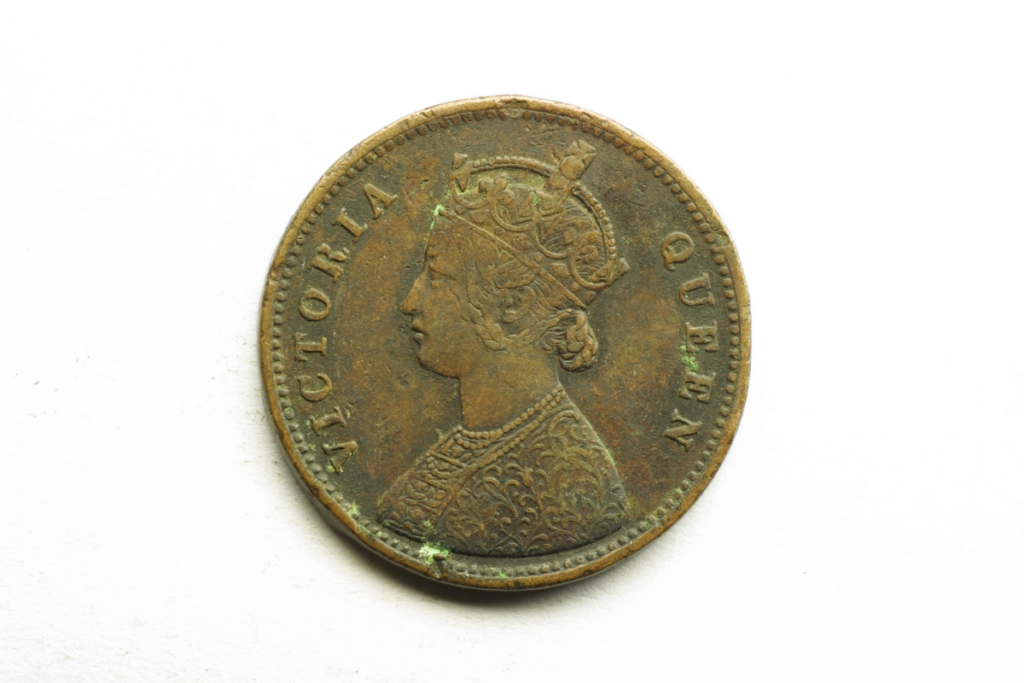
The year 1976 was a momentous one for the United States, marking the bicentennial of its independence.
To celebrate this milestone, the U.S. Mint released special coinage, including the quarter, half dollar, and dollar coins, each featuring unique bicentennial designs.
The quarters minted in this year bear the dual date “1776-1976,” replacing the typical single-year date.
Design and Symbolism
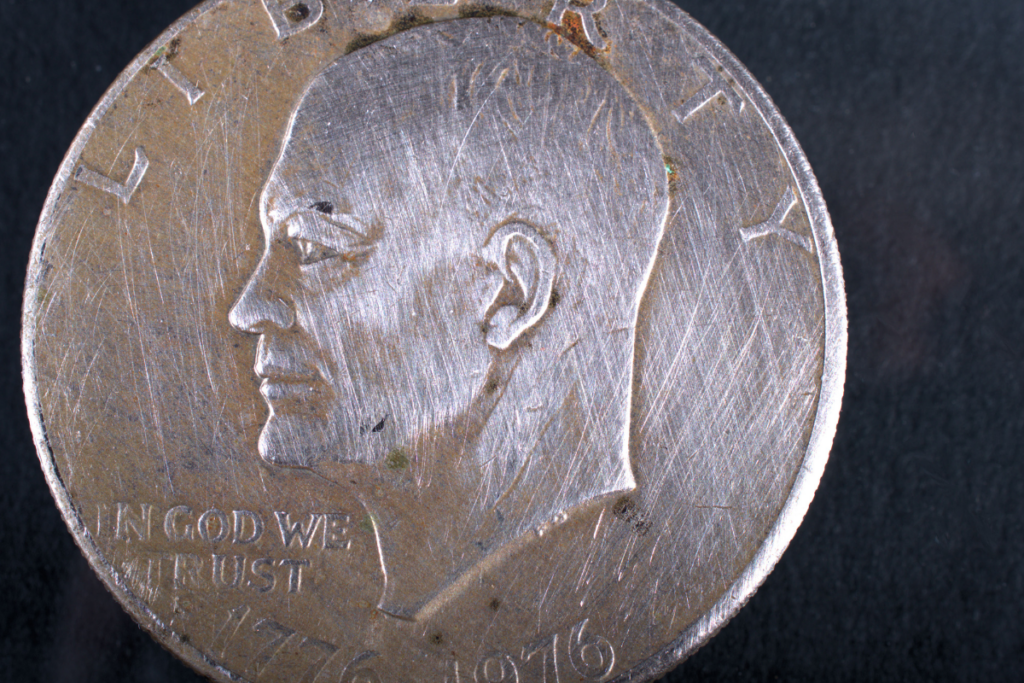
The obverse of the 1976 Bicentennial Quarter features the familiar portrait of George Washington, designed by John Flanagan.
The reverse, however, showcases a special design by Jack L. Ahr.
This design includes a colonial drummer boy standing in front of a victory torch encircled by 13 stars, representing the original 13 colonies.
This imagery captures the spirit of the American Revolution and the country’s fight for independence.
Mintage and Varieties
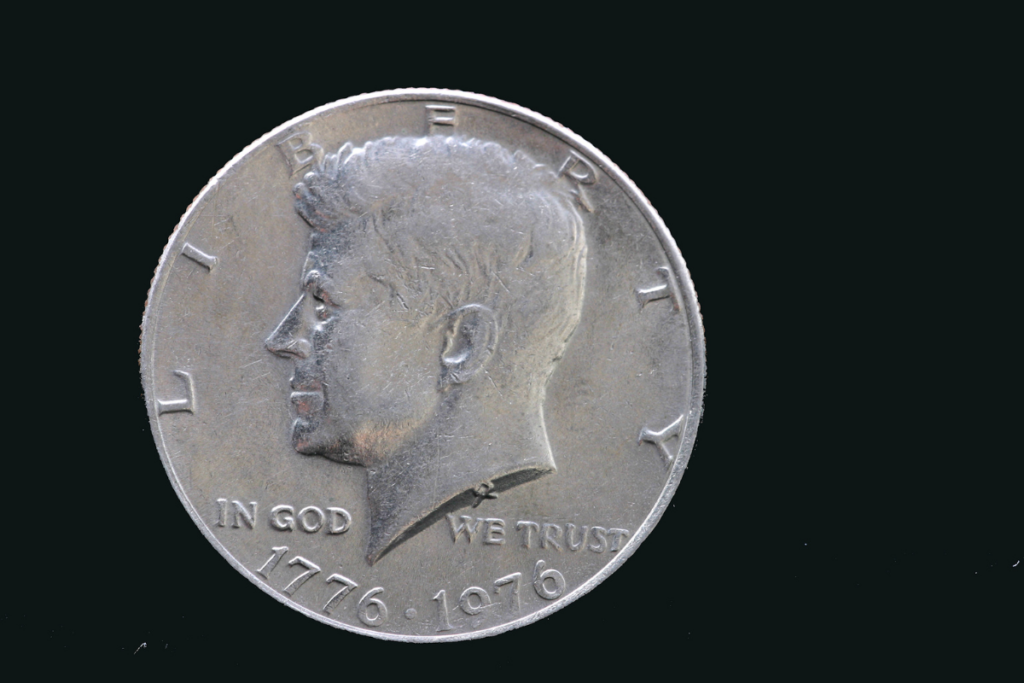
The 1976 Bicentennial Quarters were produced in large quantities across three mints: Philadelphia (no mint mark), Denver (D), and San Francisco (S).
There are three main varieties of these quarters:
Circulation Strikes: These quarters were produced for everyday use and were minted in both Philadelphia and Denver.
They are made from a copper-nickel clad composition.
Proof Strikes: Produced at the San Francisco Mint, these quarters are struck with a higher quality finish, featuring a mirror-like background and frosted details.
Proof strikes are also made from copper-nickel clad.
Silver Clad Strikes: Also minted in San Francisco, these special proof and uncirculated quarters are made from a 40% silver composition.
They were sold as part of collector sets and not intended for circulation.
Factors Influencing Market Worth
Several factors contribute to the market worth of the 1976 Bicentennial Quarter.
Understanding these can help collectors and investors make informed decisions about buying or selling these coins.
Condition and Grade
The condition or grade of a coin is one of the most critical determinants of its value.
Coins are graded on a scale from 1 to 70, with 70 representing a perfect, flawless coin.
Uncirculated coins, particularly those with higher grades (MS65 and above), are more valuable.
Proof coins, graded PR65 and above, also command higher prices.
Circulated coins, showing wear and tear, are typically valued closer to their face value unless they possess unique qualities.
Mint Marks
Mint marks can significantly impact a coin’s value.
The 1976 Bicentennial Quarters minted in San Francisco with an “S” mint mark, especially those made from silver, are generally more sought after by collectors.
The mint marks “D” (Denver) and the absence of a mint mark (Philadelphia) denote coins that were intended for circulation and are more common.
Mintage Numbers
The number of coins minted affects their rarity and, consequently, their value.
While the overall mintage of the 1976 Bicentennial Quarters was high, specific varieties, such as the silver-clad proofs, were produced in smaller quantities, making them rarer and more valuable.
Market Trends
The market for collectible coins is influenced by broader economic trends and the specific interests of collectors.
Economic factors such as inflation, the price of silver, and changes in disposable income can affect the demand for collectible coins.
Additionally, trends within the numismatic community, such as increased interest in bicentennial memorabilia or historical coins, can drive up the value of the 1976 Bicentennial Quarter.
Current Market Value
As of the latest evaluations, the market value of the 1976 Bicentennial Quarter varies widely based on the factors discussed.
Here is a general overview of the current market values:
Circulated Quarters: Typically valued between $0.25 and $1.00, depending on their condition.
Uncirculated Quarters: Values can range from $1.50 to $10.00, with higher grades (MS65 and above) fetching prices up to $20.00 or more.
Proof Quarters (Copper-Nickel): Typically range from $2.00 to $15.00, with higher graded proofs (PR65 and above) reaching $20.00 to $50.00.
Silver-Clad Proof Quarters: Generally valued between $5.00 and $20.00, with higher grades fetching $25.00 to $75.00 or more.
Silver-Clad Uncirculated Quarters: These can range from $5.00 to $15.00, with higher grades reaching $20.00 to $50.00.
Notable Auctions and Sales
Occasionally, certain 1976 Bicentennial Quarters have fetched notable prices at auctions.
High-grade examples, particularly those with unique features such as exceptional toning or errors, can attract significant interest from collectors.
For instance, an MS68-graded silver-clad proof quarter might sell for several hundred dollars, highlighting the potential for high returns on exceptionally well-preserved or rare pieces.
Collecting Tips
For those interested in collecting the 1976 Bicentennial Quarter, here are some tips to consider:
Focus on Condition: Prioritize coins in the best possible condition.
Uncirculated and high-grade proof coins are more likely to appreciate in value.
Look for Silver Versions: Silver-clad proofs and uncirculated coins tend to be more valuable due to their composition and lower mintage numbers.
Consider Certification: Having coins certified and graded by reputable agencies such as PCGS or NGC can add credibility and potentially increase their market value.
Stay Informed: Keep up with market trends and auction results to make informed decisions about buying and selling.
Conclusion
The 1976 Bicentennial Quarter is more than just a piece of currency; it is a tangible piece of American history.
Its unique design, historical significance, and the various factors that influence its market value make it an intriguing subject for collectors and investors alike.
Whether you are a seasoned numismatist or a casual collector, understanding the factors that determine the worth of the 1976 Bicentennial Quarter can enhance your appreciation of this iconic coin and help you make informed decisions in the numismatic market.
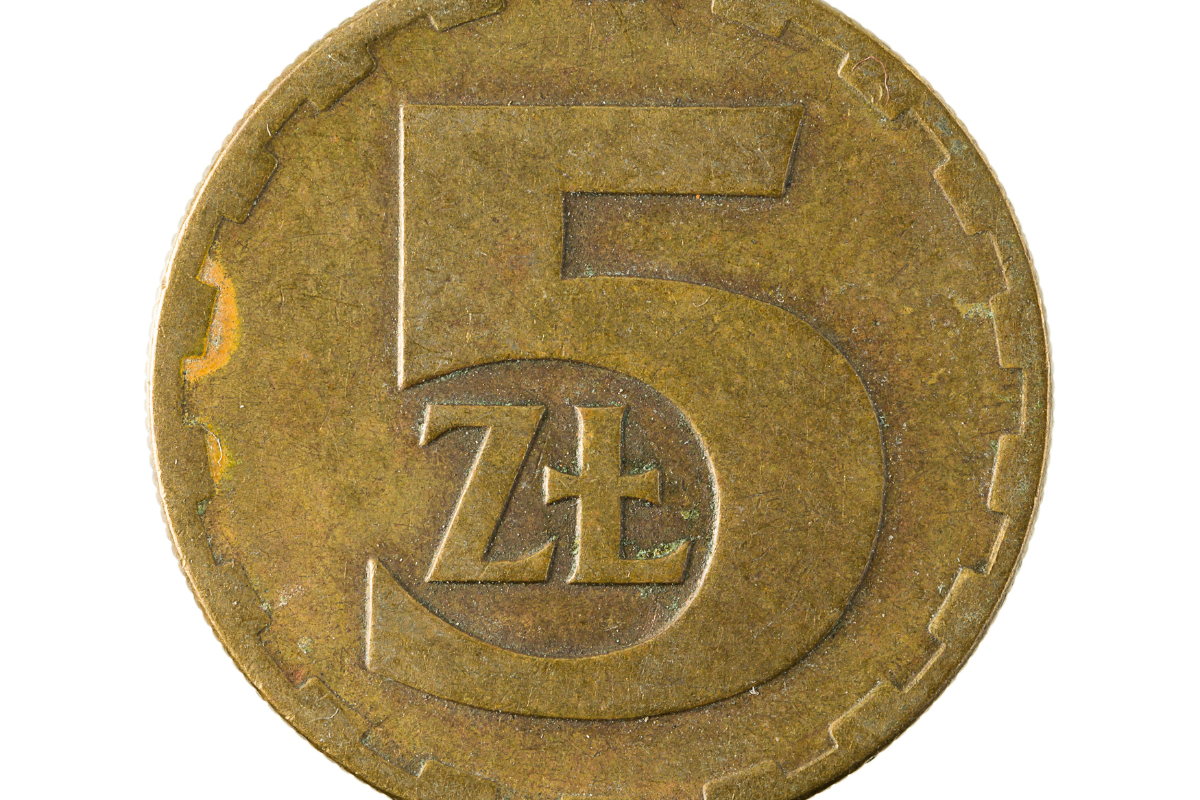
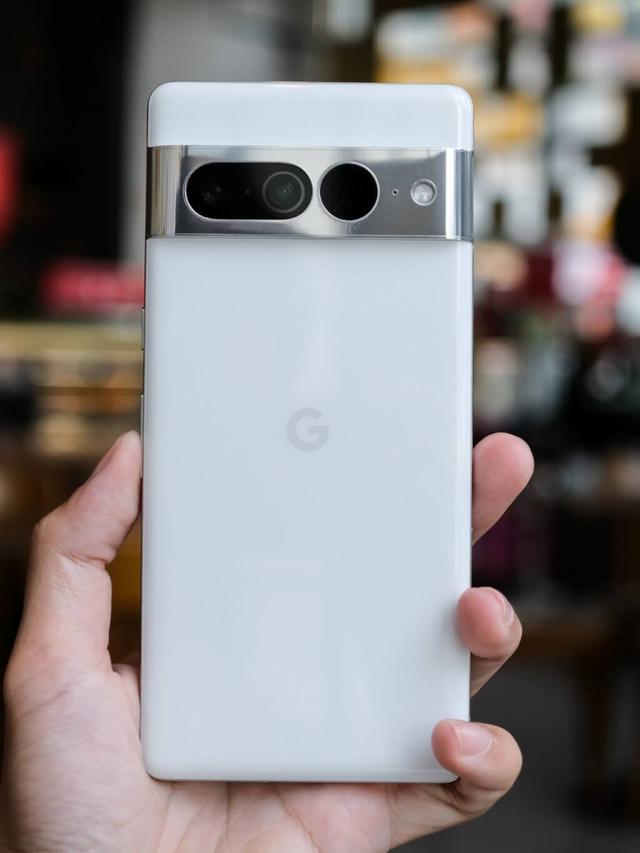

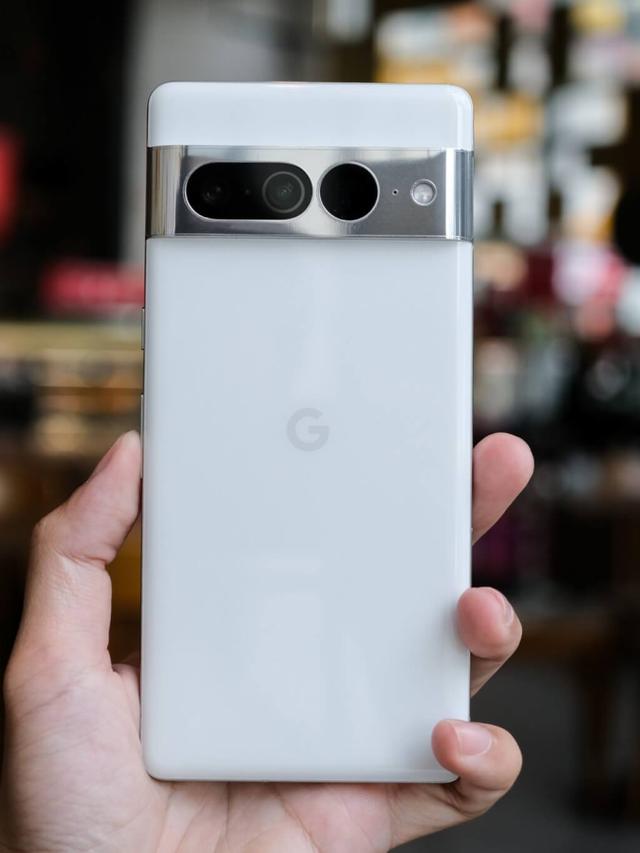

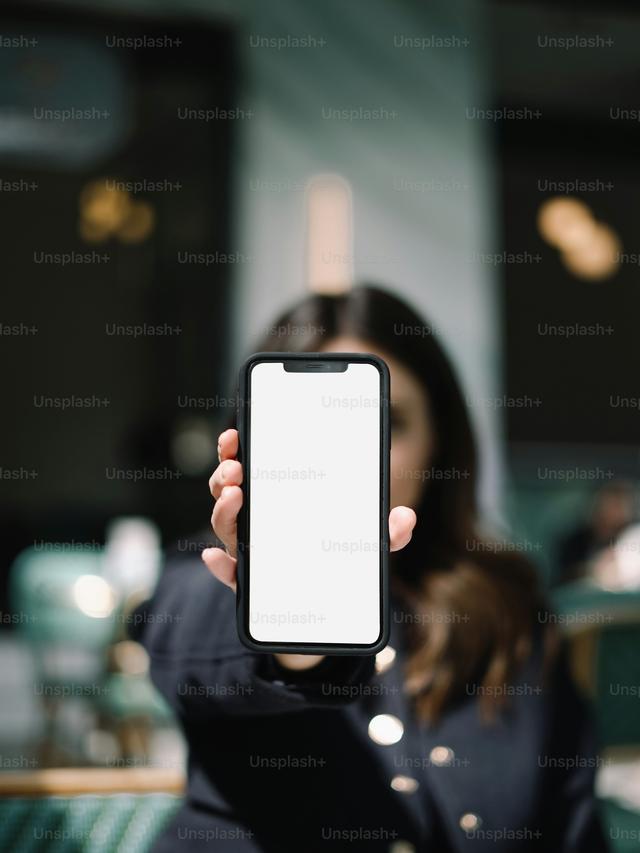
Leave a Reply